Mindless eating happens when you eat without full awareness of what, why, or how much you’re consuming. It’s when food slips into your routine almost unconsciously snacking while scrolling, finishing a meal without remembering the flavours, or eating past fullness simply because the TV is still on. While occasional mindless eating is normal, making it a habit can lead to overeating, weight gain, and even a disconnected relationship with food.
The opposite mindful eating helps you stay connected to hunger cues, food satisfaction, and your body’s needs. Understanding why mindless eating happens, and learning how to shift toward mindful eating, can help you regain balance with food. In this guide, we’ll explore what mindless eating looks like, why it happens, its risks, and proven strategies to stop it.
What Does “Mindless Eating” Really Mean?
Mindless eating refers to eating without paying attention to the experience. You may eat automatically, in response to cues other than hunger, or while multitasking. Instead of enjoying food with intention, it becomes background activity.
Key signs include:
-
Eating while distracted (watching TV, working, driving).
-
Eating quickly without savoring taste or texture.
-
Eating out of habit or boredom, not hunger.
Ignoring signs of fullness and continuing to eat.
What Are Examples of Mindless Eating?
Some everyday scenarios highlight how common mindless eating can be:
-
The Netflix Snack: Reaching the bottom of a bag of chips before you even realize how much you’ve eaten.
-
Desk Lunching: Eating at your computer while answering emails, hardly tasting your food.
-
Emotional Eating: Grabbing sweets or comfort food when stressed, sad, or restless.
-
Boredom Grazing: Walking to the fridge repeatedly without true hunger.
-
These patterns often bypass your body’s natural hunger and fullness signals.
Why Do We Eat Without Thinking?
Mindless eating isn’t just about willpower it’s shaped by brain and environment.
1. External Cues
Portion sizes, packaging, and social settings strongly influence how much we eat. People often eat more when served bigger portions, regardless of hunger.
2. Distractions
Screens, conversations, and multitasking pull attention away from food. Studies show that eating while distracted increases total food intake.
3. Emotional Regulation
Food becomes a coping tool for stress, anxiety, or sadness. Eating provides temporary comfort but doesn’t address the underlying emotions. After midfull eating you can avoid anxiety, will help in stress reduction etc.
4. Nervous System Imbalance
When your body is stuck in “fight-or-flight,” it’s harder to slow down, notice hunger cues, and eat with intention. This is why stress and fatigue often drive automatic, mindless eating.
What Are the Risks of Mindless Eating?
While occasional mindless eating isn’t harmful, chronic patterns can have consequences:
-
Overeating and Weight Gain – consistently ignoring fullness cues.
-
Digestive Discomfort – eating too quickly can cause bloating and indigestion.
-
Emotional Disconnection – food becomes a reflex, not a nourishing act
Nutritional Imbalance – relying on convenience foods instead of intentional choices.
How Can You Stop Mindless Eating?
There are several things you can do to promote mindful eating:
1. Slow Down
You may not feel full immediately after eating. In fact, it can take up to twenty minutes before the feeling of fullness sets in.
Remind yourself to slow down while eating your food. Chew slowly and thoroughly. You may end up feeling full before you finish. On the other hand, eating too quickly may lead you to feel uncomfortably full afterwards.
When you are eating, pay attention to how you are feeling throughout the meal, not just at the beginning and the end. Check in with yourself. If you are feeling full, remember that you do not have to finish everything on your plate.
2. Think About How You Feel
You may find yourself eating as a way to manage intense emotions.
In these moments, try to think about why you feel the urge to eat. Are you feeling hungry, or are you feeling sad, nervous, or bored?
3. Remove Distractions
Try to avoid eating in front of screens. This includes televisions and mobile devices, such as tablets and phones.
Having distractions around while you are eating may lead to overeating.
It is also associated with poorer diet quality, with an increased consumption of sugar-sweetened beverages and other ultra-processed food. However, more research is needed to verify these findings.
4. Start Small
Starting small can make the process more realistic and manageable.
For example, if you can start by honouring your hunger cues during dinner every day, that is significant progress. Once this feels comfortable to you, you can branch out from there.
5. Be Kind to Yourself
The most important part of the mindful eating process is being kind to yourself. Change does not happen overnight, and it is OK if you encounter setbacks. You can always pick yourself back up and keep trying.
 In a world full of digital distractions, staying present with your meals can feel challenging. Tools like neuroVIZR, designed to gently regulate your nervous system and support focused awareness, can help. By calming overstimulation and strengthening your ability to be present, it can make mindful eating and mindful living more natural.
In a world full of digital distractions, staying present with your meals can feel challenging. Tools like neuroVIZR, designed to gently regulate your nervous system and support focused awareness, can help. By calming overstimulation and strengthening your ability to be present, it can make mindful eating and mindful living more natural.
Can Mindful Eating Heal Your Relationship With Food?
Yes. Shifting from mindless to mindful eating isn’t just about diet it’s about connection. It restores awareness of hunger and fullness, enhances food enjoyment, and creates a healthier relationship with eating. You might love to read - How to liven up a relationship?
Mindful eating helps you:
-
Enjoy food more deeply.
-
Stop when satisfied, not stuffed.
-
Use food for nourishment, not emotional escape.
-
Reduce stress-driven eating.
Final Thoughts
Mindless eating is easy to fall into in today’s fast-paced world, but with awareness and small shifts, you can regain balance. Recognizing distractions, slowing down, and approaching food with curiosity and presence are powerful first steps. Pairing mindful practices with nervous system regulation can help you build a sustainable, healthier relationship with food one meal at a time.



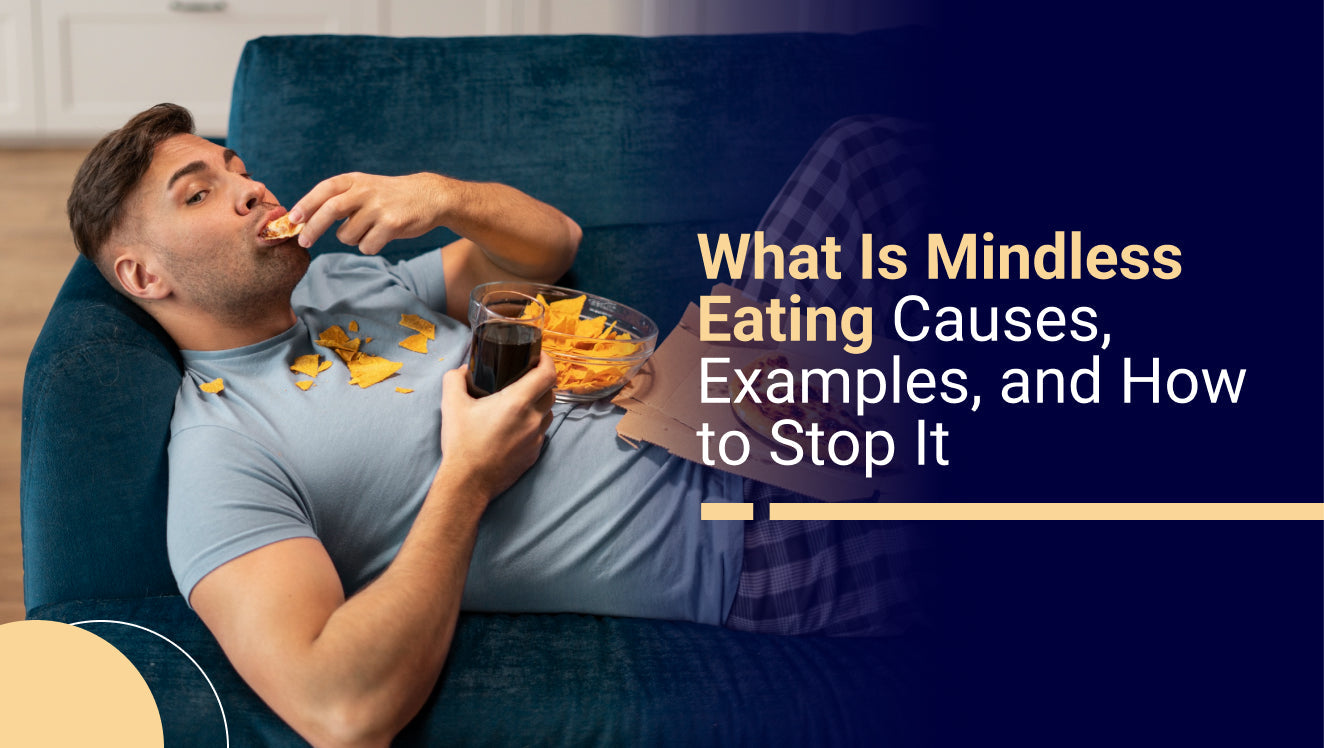






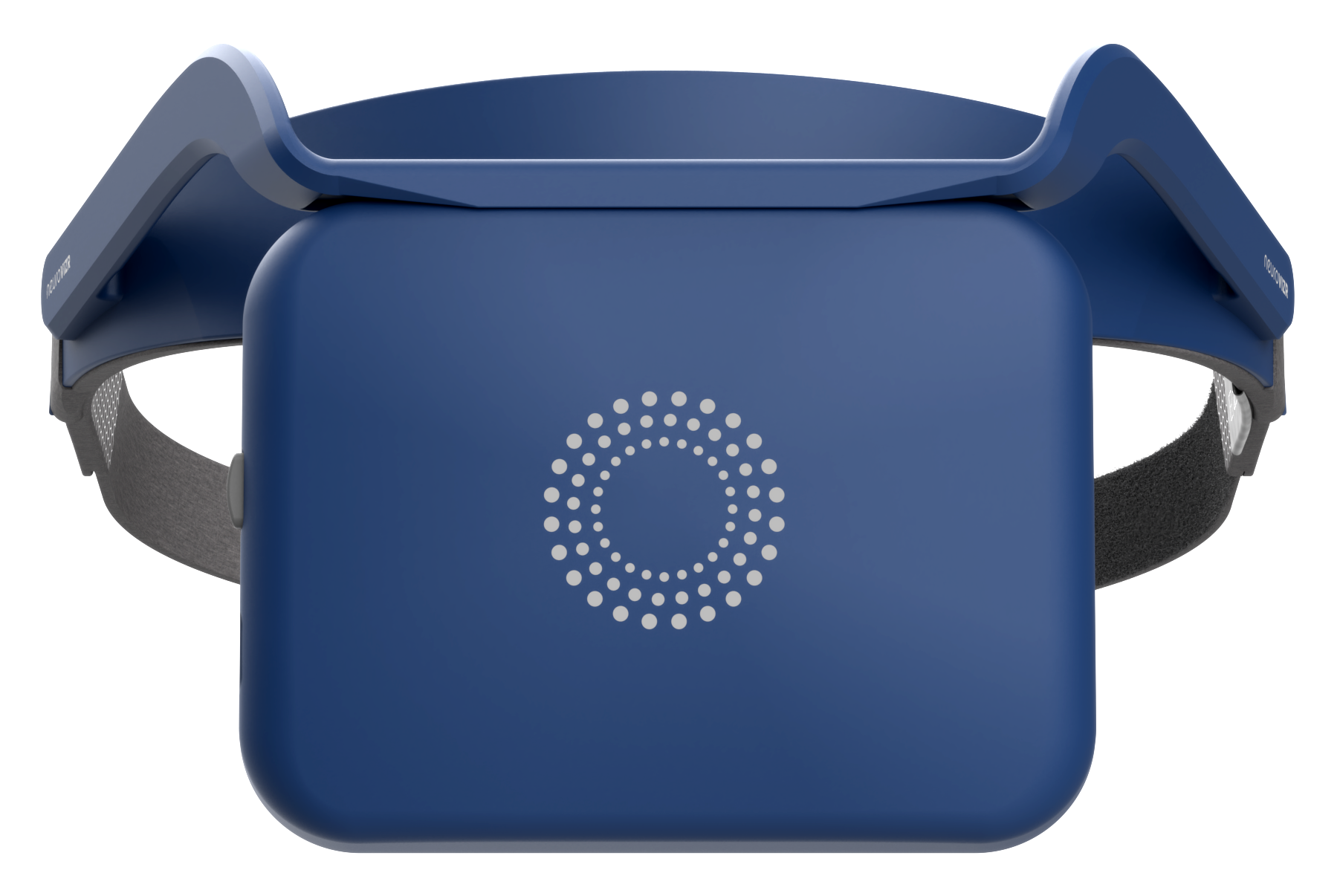
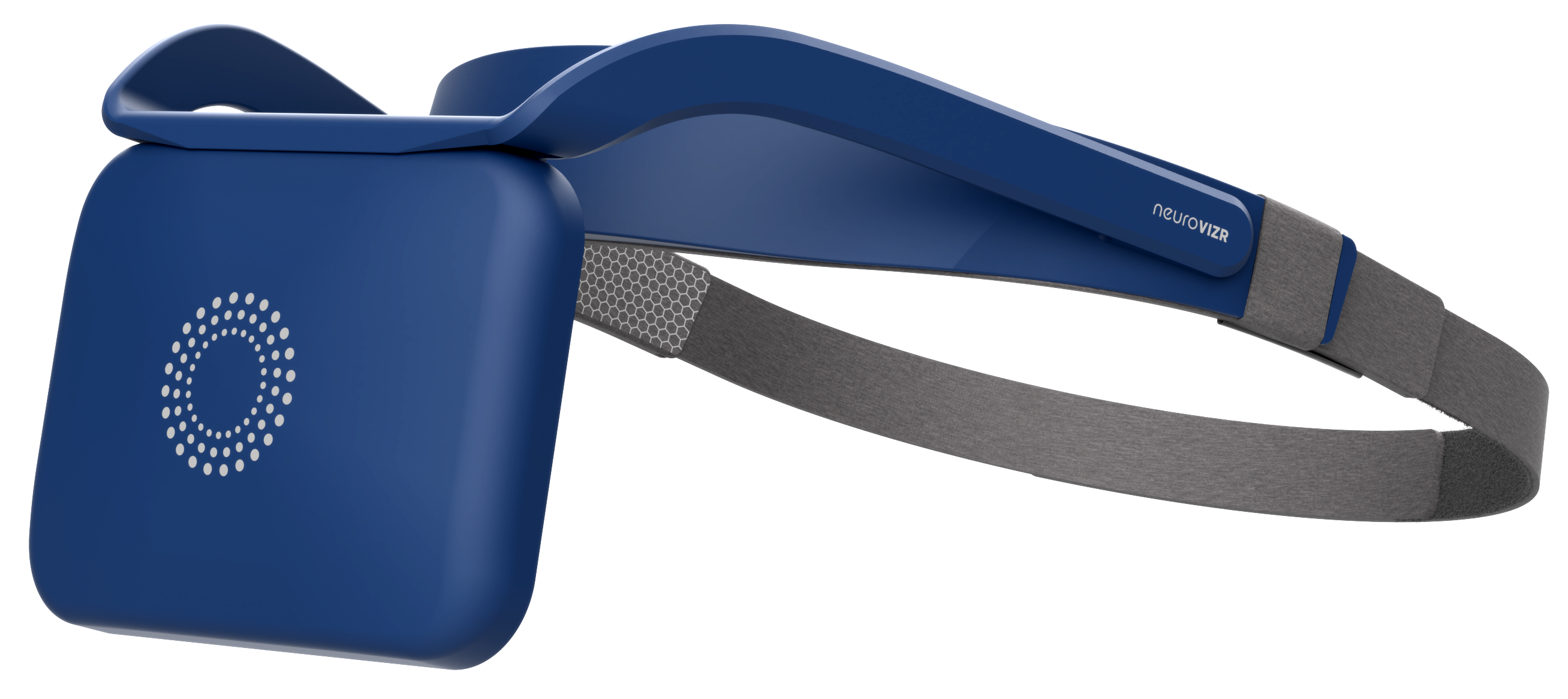
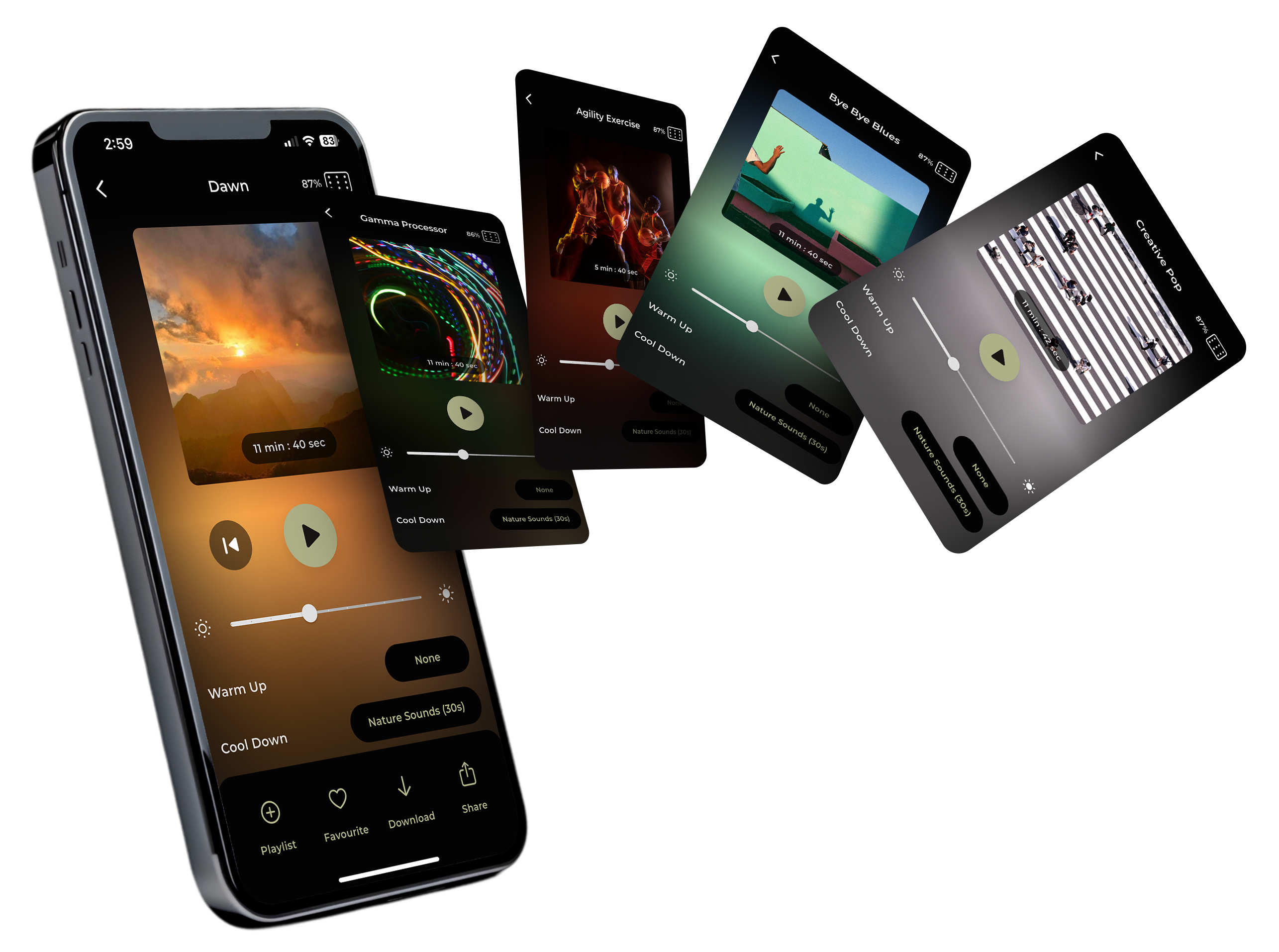
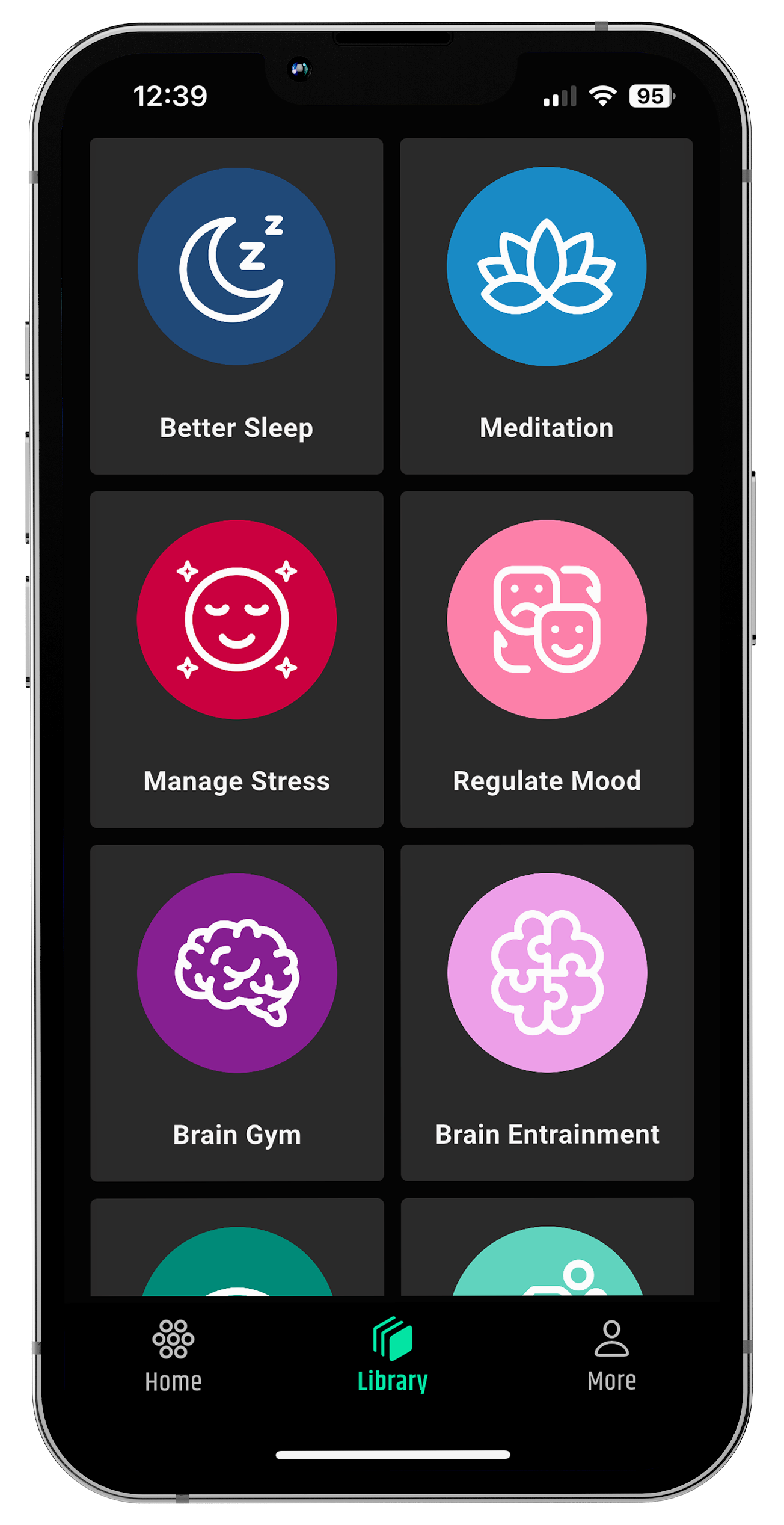

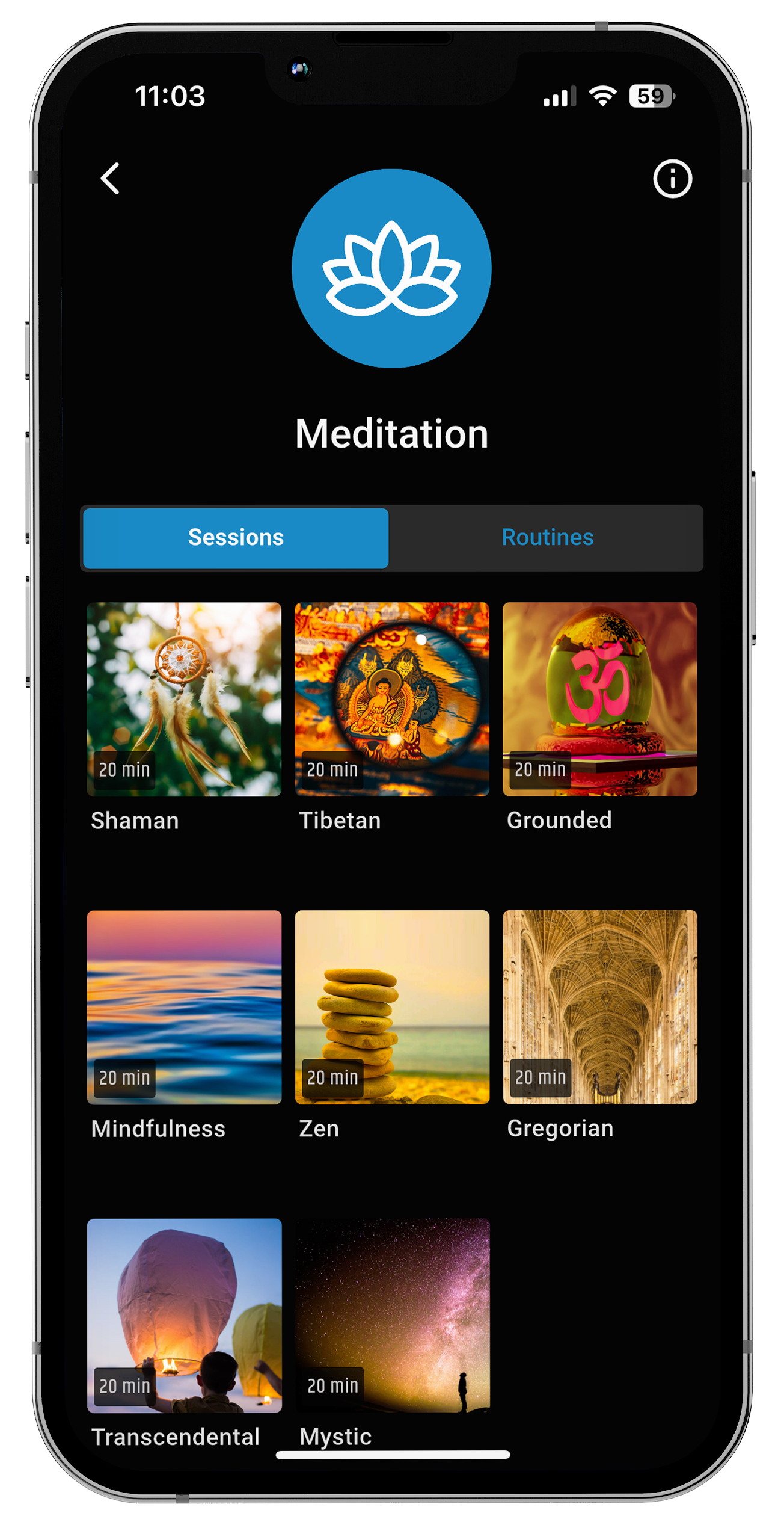
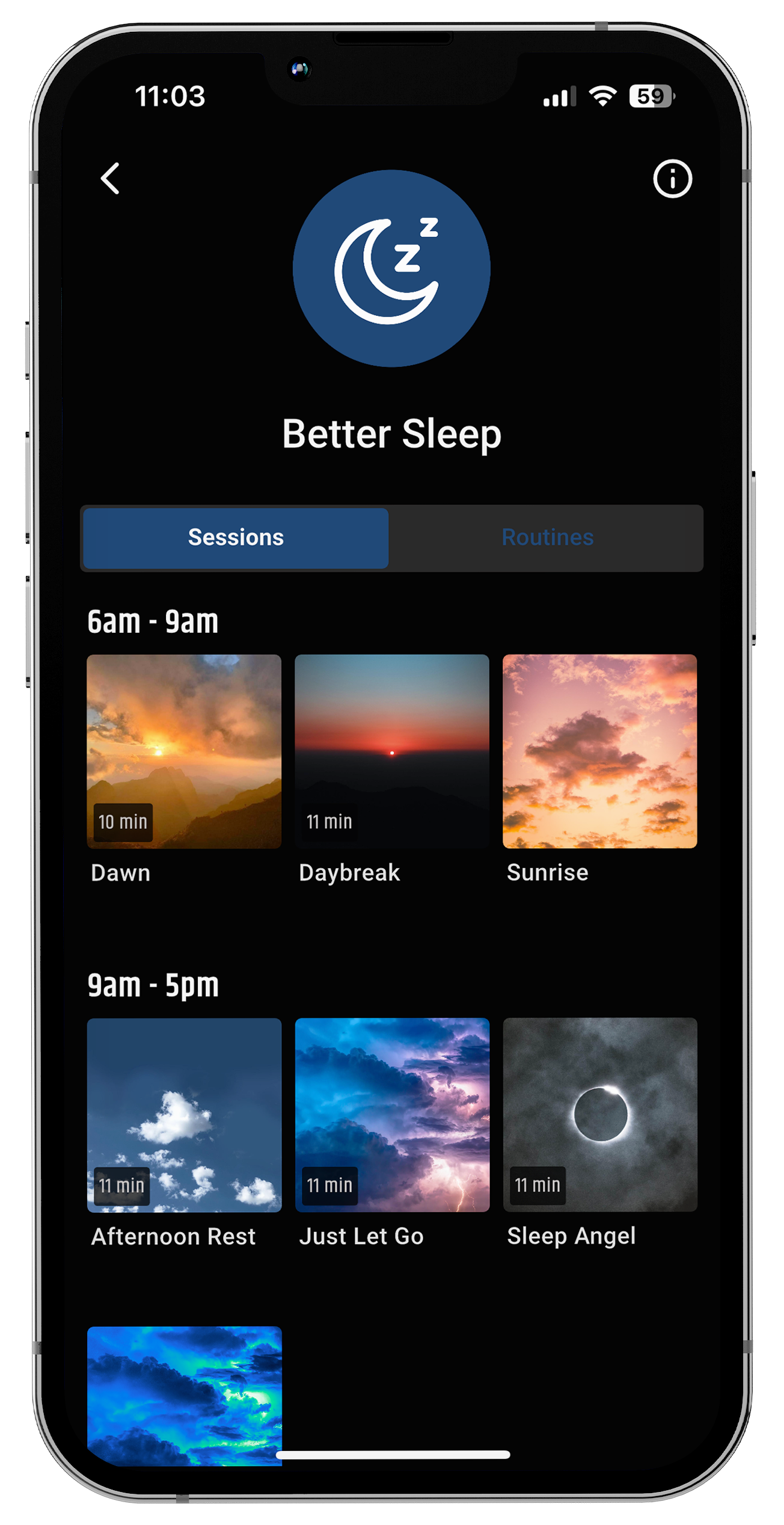










Share:
Can OCD Be Caused by Trauma?
Extraversion and Extroversion: What’s the Difference and Which One Should You Use?